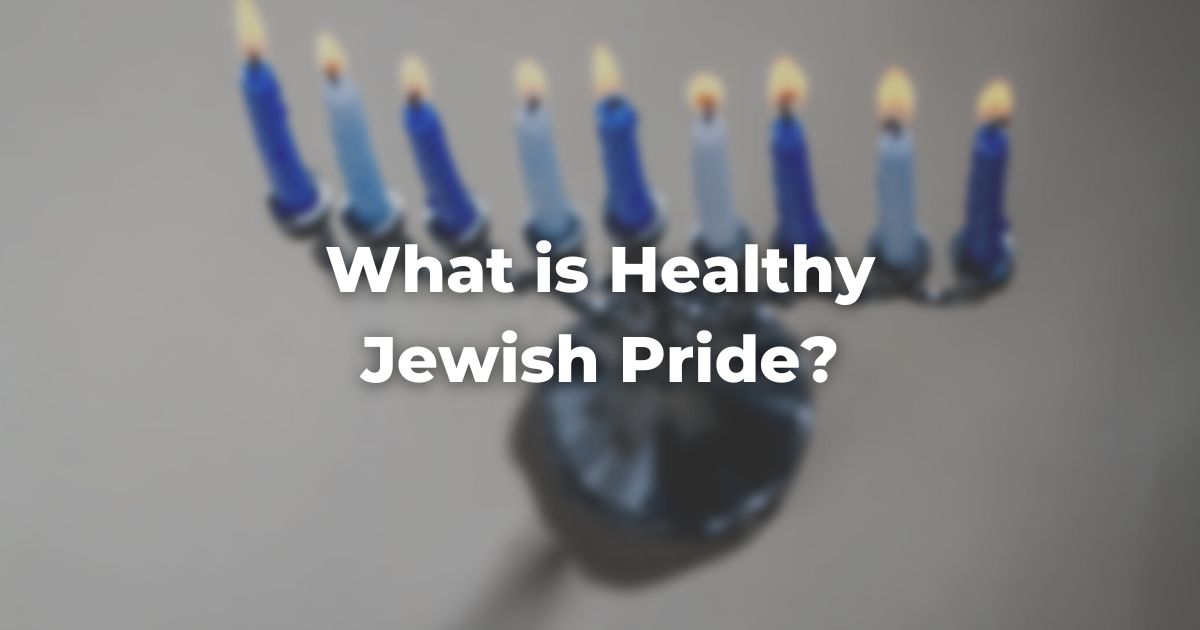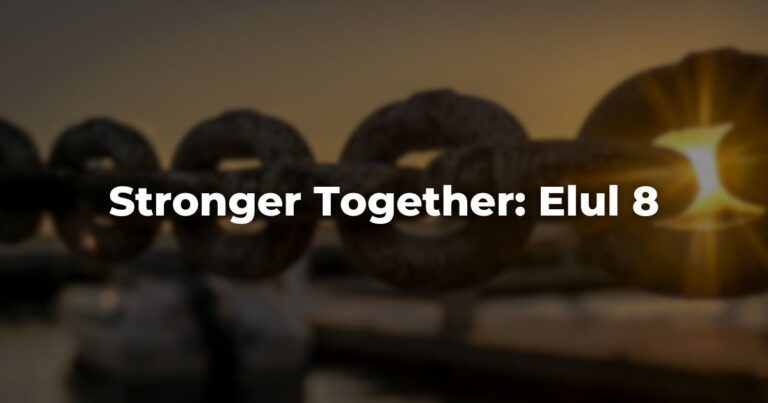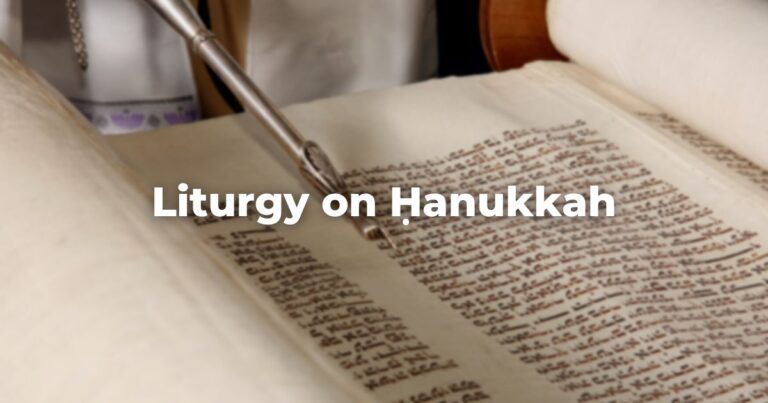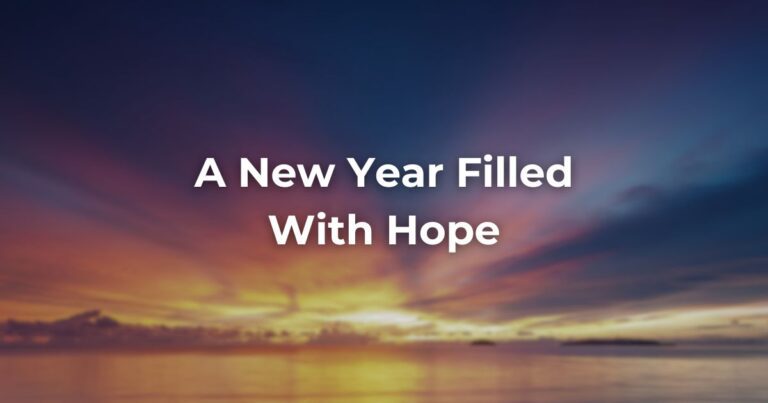Which of the following t-shirts would you wear (or not wear) and why?
- A Coca-Cola shirt in Hebrew
- the word Proud with a Jewish star in place of the O
- a Coexist shirt
- a shirt proclaiming United with an Israeli and American flag
- an IDF t-shirt
- a shirt that read “Tis the season to remind everyone I’m Jewish”–with two Jewish stars and a Chanukiah
A close friend of mine shared the following story.
When their children were young, he and his wife spent as many summers as possible in Jerusalem. One afternoon, during a family gathering, his uncle returned from taking the kids to the center of town with a large bag of IDF t-shirts.
His uncle was understandably rather crest-fallen when my friend told him that he would have to exchange the IDF shirts for a different kind of Israel shirt. Given his uncle’s life experiences, my friend understood and respected the tremendous pride his uncle must have felt acquiring those t-shirts.
He told his uncle something like this: “I am incredibly proud and grateful for the strength and sacrifices of the IDF.” Perhaps, he quoted Rav Soloveitchik, though I may be embellishing a bit: ”There is no dignity without responsibility, and one cannot assume responsibility as long as one is not capable of living up to his commitments.”
One way or another, he closed by saying that the IDF was absolutely essential though not the stuff of t-shirts.
Chanukah raises the question: “What is healthy Jewish Pride?”
As a brief counter-example from our parashah, Vayeshev, consider the case of Yosef who teaches us that it is not a great idea to boast about your triumphalist dreams to your siblings.
To quote Israel Salanter, the 19th C. Mussar master, one who wants to be greater than others should not build a pit for his neighbor; he should build a hill for himself. Or to paraphrase Proverbs, “One who digs a pit is likely to fall into it.” (Proverbs 26:27)
Chanukah–Past, Present, Future.
For every Jewish holiday, I ask the same questions:
What is each holiday’s past, present and future?
What do we remember?
What do we celebrate or commemorate?
And most challenging:
What are we meant to grapple with?
What is each holiday’s imperative?
Who does the holiday challenge us to become?
The past of Hanukah is not so clear.
Was Chanukah about the miracle or the might of the Maccabees? According to the rabbis of the Siddur, Chanukah is the story of the wicked Greek empire which rose up against Israel, demanding they abandon God’s TorahRefers to the first five books of the Hebrew Bible, the Tanakh, also called the Five Books of Moses, Pentateuch or the Hebrew equivalent, Humash. This is also called the Written Torah. The term may also refer to teachings that expound on Jewish tradition. Read more and violate God’s commandments.
Yet, according to the first and second books of Maccabees, there is more to the story. Whether instigated by a group of Jewish renegades or by Jason, the corrupt High Priest, the Hellenized Jews were rather keen to embrace Greek ways of life.
The Rabbinic account in the Amidah highlights external oppression. Parts of Maccabees accentuate the lure of assimilation.
Now, let’s turn to the Present of Hanukah. How do we celebrate Chanukah?
Maimonides discusses the time and location of lighting the Hanukiah? His account of publicizing the miracle (Pirsum haNes), captures one dilemma of healthy Jewish pride.
The Hanukiah is to be placed over the door of one’s house, across from the mezuzah, and is lit at sunset, when people are walking in the street. But in times of danger, one may place the Chanukiah on a table inside of the house.
This account raises many questions. How do we define danger? Who is the candle lighting for–the passersby or ourselves?
In response to the question of healthy Jewish pride, if we look at the placement of our Hanukiah as a metaphor, what does our placement of the Hanukiah or the ways we “wear” our tradition say about how we express healthy Jewish pride?
Finally, let’s turn to the Future of Chanukah–what is the challenge of Chanukah?
I have publicly confessed to my wife’s chagrin that I am in favor of celebrating eight sederim. So anywhere that I can infuse the seder into another holiday, I would do so with pride and temerity .
How do we create deep conversations about Healthy Jewish Pride? Let me conclude with two thought provoking modern responses and a proposal.
First, consider this passage from Rabbi Lord Jonathan Sacks’ A Letter in the Scroll:
In many cases our parents and grandparents were not absolutely sure that they wanted their children to be Jews. They didn’t want them to marry out, but they also didn’t want them to stand out, to be conspicuous.
They wanted them to be secular marranos, outwardly like everyone else, inwardly and privately Jews. They wanted them to be visible as human beings but invisible as Jews. They were haunted by the specter of anti-Semitism, and they were not wrong to be.
But it left them deeply conflicted. They were Jews, but they were dedicated to proving that Jews are no different from anyone else. And we, whether we know it or not, have inherited that deeply conflicted world.
Second, Ben Freeman, author of Reclaiming our Story: The Pursuit of Jewish Pride.
Jewish Pride is about diving into Jewish history and experience to understand who we are. It is about being actively Jewish — in whatever way that looks like for you — and it is about setting on the task of dismantling our individual and collective shame.
I love being Jewish. I love our diversity, our unique cultures, our unity, our food, our humor, our music. I love that not only have we survived multiple attempts of destruction, but we thrived by creating distinct, beautiful and inspiring cultures while always retaining our link to the wider Jewish People and our indigenous homeland.
How do we express healthy Jewish pride?
There are many forms: standing up, resisting oppression, declaring a sacred no; or affirming who we are and the gifts we carry-a sacred yes. Perhaps, following Mussar, it means taking up the right amount of space–not too much and not too little.
Here’s my proposal, for which I want to acknowledge my colleague and friend, Rabbi David Saiger. On the first night, before lighting the candles, conduct a conversation about healthy Jewish pride. What does it look like when you see it?
On the nights that follow, (re) dedicate yourself to exploring or experiencing a distinct aspect of Jewish pride:
- our astonishing tradition of Jewish learning
- our history in which we have not only survived but thrived, learned and contributed to countless civilizations
- the spiritual genius of Shabbat, holidays, Jewish spiritual practices.
- the richness of our culture–art. literature, music, film…
- the extraordinary rebirth of the modern State of Israel
- the strength and diversity of our Jewish communities
- the manifold ways that we refine character and repair the world.
Let’s conclude with a piece from Rabbi Angela Buchdahl’s High Holiday Sermon 5783:
…true pride comes when you know your values and live them. This kind of pride is moral ambition. Put another way:
There is arrogant pride– which is about who you say you are.
And there is authentic pride – which comes from what you do.So pride must be rooted in a sure-handed grasp – of what Judaism stands for and what Judaism expects of us.
Chag Urim Sameach!
Author
-
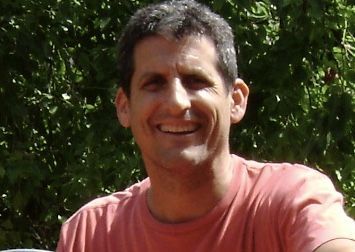
Rabbi Gordon Bernat-Kunin serves as Rabbinic Head and runs the Beit MidrashLiterally, “house of study,” it refers to a school or a communal study hall. Plural: Batei Midrash Read more/Global Beit MidrashThis word is used in two ways, as both a concept and a literature. As a concept, midrash is the expansive interpretation of biblical texts. The term is used to describe the practice of rabbinic interpretation. As a text, it refers to specific collections of interpretations, particularly from the third to ninth centuries in the Land of Israel and Babylonia. Plural: Midrashim
View all posts
Read more at Milken Community School. He was founder of Makor, a Milken Educator Award recipient, Lecturer in Rabbinics at Ziegler, and Coordinator of the Visions Forum of the Hartman Institute. He received a fellowship in educational leadership at SHI, participated in its North American Scholars Circle and co-led the Sr. Educators' Program. He received his BA from Harvard College and his MPH from UCLA. As a Wexner Graduate Fellow, he was ordained at JTS and received his PHD in Religion and Social Ethics from USC.

